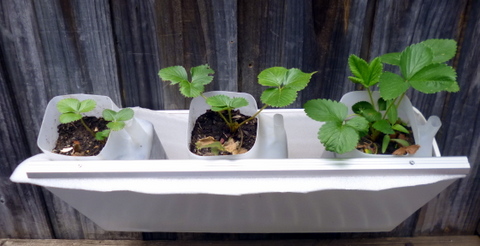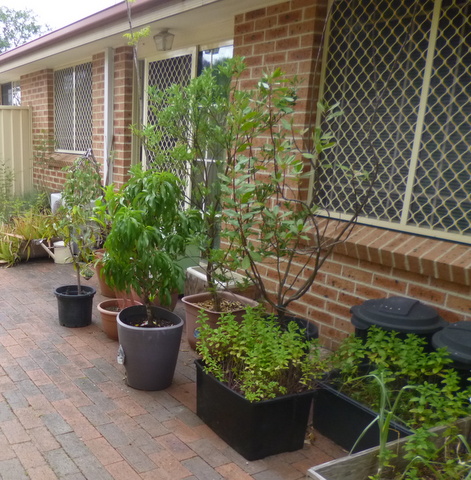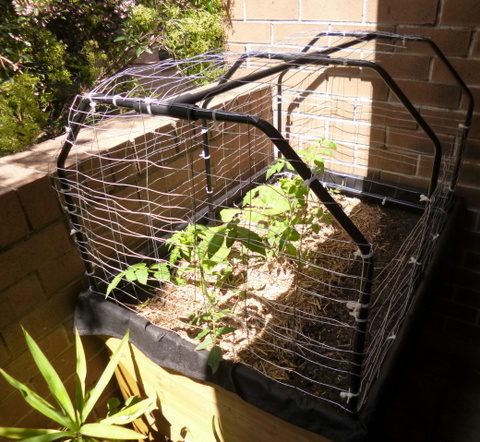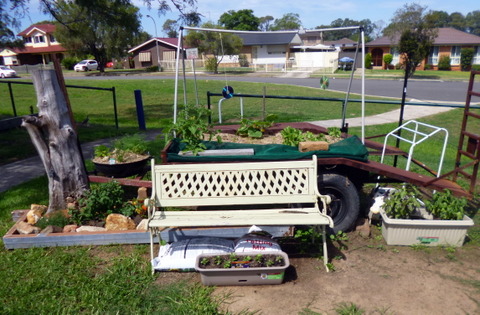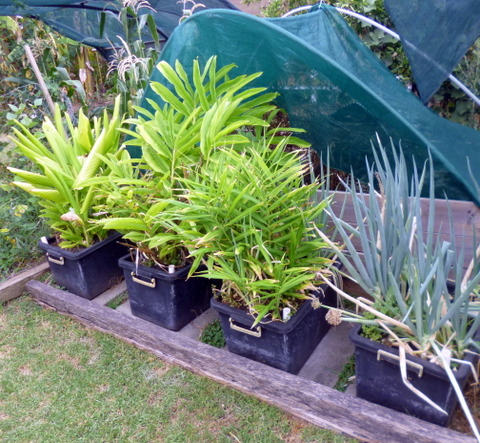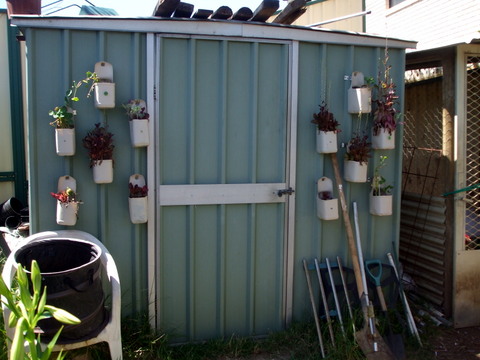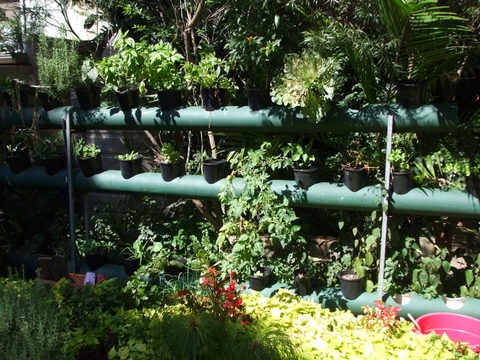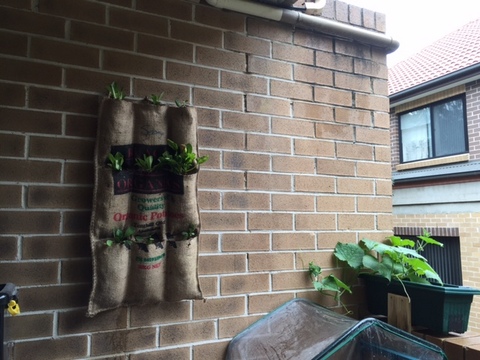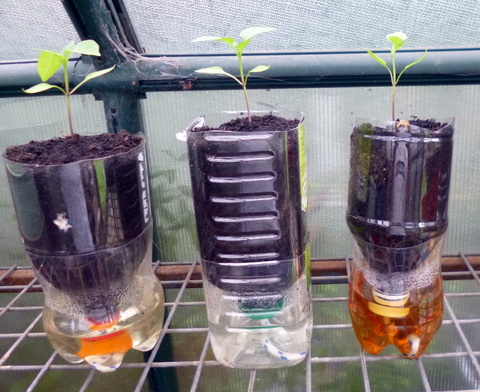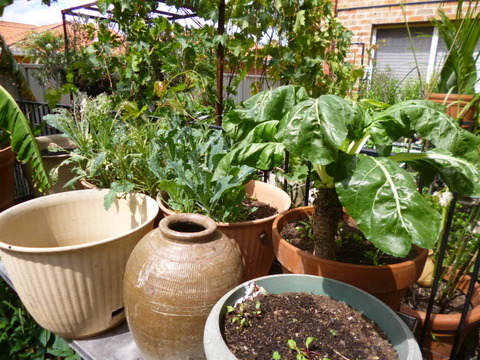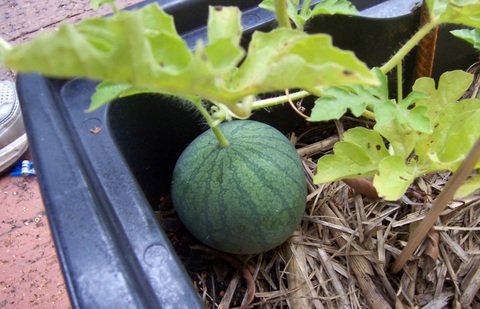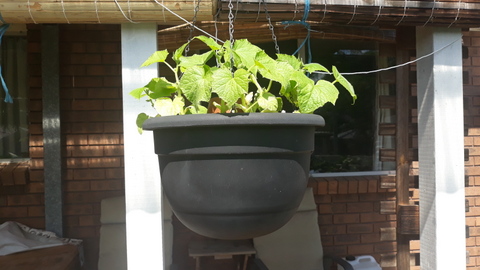
There are a whole stack of good reasons (and a few bad ones) why growing your food in containers is a great idea. In some circumstances it may be the only option, but it really makes sense. If you want to grow some of your own food, here are some pros and cons to think about -
Pros
It is easy to start small – When I first came across the idea of growing food, I got very enthusiastic, way beyond my skill level and resources. I dug over a large area, planted it and then life stepped in and by the time I got back to it, it was a huge weed patch. Putting a toe in the water of food growing by assembling a few productive containers would have made much more sense! If you are just starting out, it will make sense for you too!
Perfect for small urban spaces – We are lucky in that we have a 600m2 block, and this is becoming increasingly rare (and expensive), but you don’t need a huge area to grow your own food if you make the most of what space you have by growing your food in containers.
They can be moved easily – This pro has a number of points in its favour, because you can move your plants around to find the microclimate that suits them best, in and out of the sun (depending on temperatures and time of day), or to a damp or dry area. Growing your food in containers also means that you can take them with you when you move. This can be a huge advantage if you are renting.
Expands the range of plants you can grow – You are not limited by your soil type, or soil pH etc, you can alter your growing medium to suit the plants you want to grow, whether they need good drainage, or a more solid clay soil, neutral pH (as most veg does) or a bit more alkaline or acid (like blueberries). You can grow what you want by tailoring things to your plant’s needs.

Ideal where soil is poor, or non-existent – If your soil is one of the three ‘C’s (Contaminated, Concrete or Crap) growing your food in containers is the ideal solution. Even if you choose to remediate your soil in the long run in the short term you still can produce homegrown food. The same goes if you only have a balcony to grow on, or a paved courtyard or roof top terrace, you don’t need access to soil to be able to grow food!.
They look nice and can be arranged artistically – If you want to grow food but also want the aesthetics to be right for you, growing in containers gives you the flexibility to arrange your crops so they look nice as well as being productive, then rearrange them if you are still not satisfied.
Plants with different needs can be grown side by side – Thirsty tomatoes can be grown beside drought tolerant mediterranean herbs, carrots can be grown in fine soil next to shallow rooted crops like lettuce or silver beet do well in a soil that retains moisture. You are not limited in they way you would be if growing in a veggie bed.
Plants that can take over may be kept in control – Some food plants can tend to take over the veg patch like Jerusalem artichokes, mint or garlic mustard, but by growing them in pots you can stop them escaping, moving into your house and kicking you out!
When plants finish cropping, they can be removed and replaced easily – there is no need to spend time and effort digging them out, just remove them from the pot, replace your potting medium and you are ready to go again.
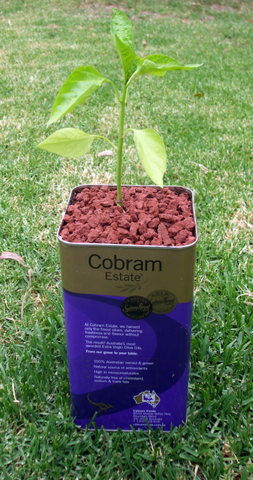
Growing food indoors – In the right situation (plenty of light) some crops do very well when grown indoors in containers. Crops like tomatoes, eggplant and chillies (choose compact bush varieties and place near an open window – they are wind pollinated), herbs and some spices like lemongrass will thrive inside your house.
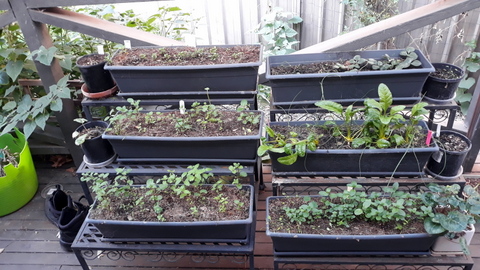
Crops in pots can be kept close to the house where you can keep an eye on them - checking regularly to see if they need watering or have developed any pest of disease issues is much easier, remember - ‘the best fertiliser is the gardener’s shadow’
They are easy to access – If you are, how shall I put this, more mature in years (like me), having easy access to your crops by growing them in containers with an elevated situation such as on benches, shelves or in a planter box on legs. This means you can plant out, harvest, water, weed, check for pests and diseases all without bending over. That must be a win!
Cons
Frequent Watering - Probably the biggest ‘con’ of growing food in containers is the need for frequent watering as they dry out more quickly than when grown in the soil. This is made worse if unglazed terracotta pots are used, because they are porous and can wick moisture from the soil and allow it to evaporate. Some fixes for this are mulch, self-watering pots, and small ollas.
The Growing medium can become hydrophobic – If the dryness is allowed to continue for some time, the soil can get to the point where it actually repels water, becoming hydrophobic. What this means is that when the container is watered the soil will not absorb the water but allow it to run straight through and out the bottom of the pot. This makes you think that it is well watered but it is, in fact, still dry. There are fixes for this, like totally soaking the pots in water, watering with an appropriate surfactant or growing in self-watering containers.
Need to keep a closer eye on the plants – Because the containers don’t contain the soil volume you would get from growing in the ground, their circumstances can change quickly, like drying out, running out of fertility, overheating on a hot day or being blown over on a windy day. For these reasons they do require more attention than crops grown in the ground.
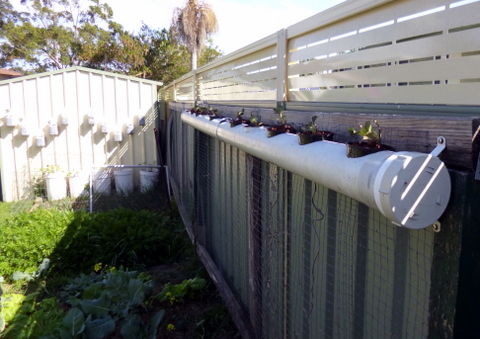
Insect pollinators may not make it to your pots – Depending on where you are growing, such as indoors or on a high balcony, insect pollinators may have trouble pollinating any of your crops that need insect pollination. A way around this is to hand pollinate, or grow crops that don’t need pollinators to be productive.
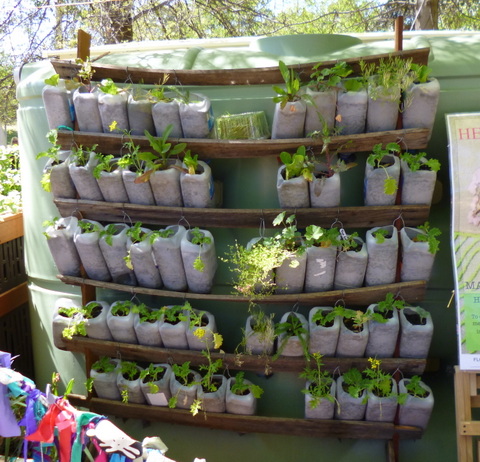
Yields can be smaller – without a large mass of soil to draw water and nutrients from, plus other environmental factors like overheating, the yield from each plant may be reduced, so you might need to plant more of each one to make up for it.
Hopefully the ‘Pros’ have gotten you interested and the ‘Cons’ haven’t put you off too much, to give growing your on food in containers where you live a go, it is totally worth it!


